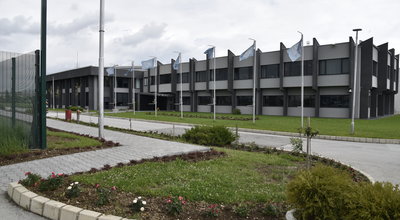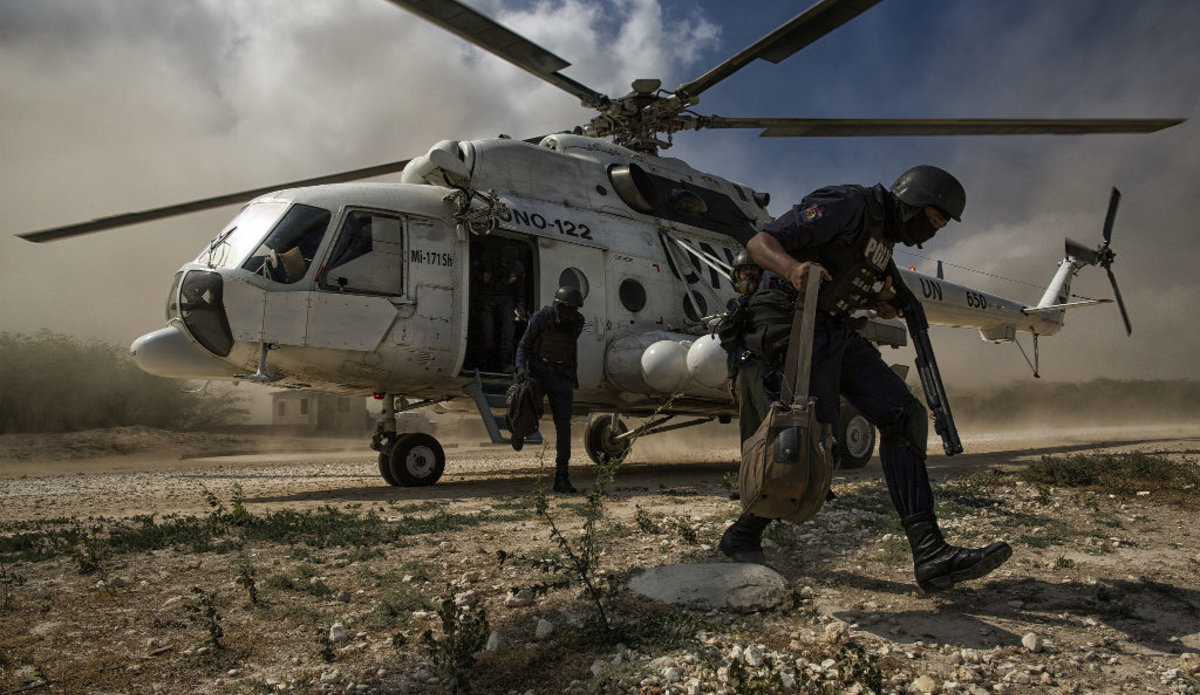“There are locations, still, which can’t be visited by internally displace persons, whereas local authorities don’t show readiness to enable citizens to visit their homes, and participate in various forums and return if they wish so”.
Republic of Serbia is in the first place in Europe by the number of internally displaced persons (IDPs). There are almost 230.000 IDPs from Kosovo, out of whom 18.000 are internally displaced in Kosovo. On the basis of the UNHCR research out of 209.112 IDPs in Serbia, without Kosovo, 97.000 are identified as being the ones in need, that is in poor socio-economic conditions, requiring assistance. Less than 5 per cent of IDPs have returned to Kosovo. According to the UNHCR data, only 12.145 persons have returned to Kosovo from Serbia, whereas only 4.000 of them fell in the category of the sustainable return (1.9%). Sustainable return has been realized mainly in rural areas in most of municipalities. Around 70 per cent of the total number of returnees are non-Serbian returnees. Quarterly report of the UN Secretary-General on UNMIK presented to the UN Security Council points out on a worrying tendency of reduced return of internally displaced persons.
Reasons for poor return: Conclusion from forums and meetings which addressed the return is that existing model of return did not yield results and that return is nor sustainable. Process of return can’t be built only on the basis of a good will of majority community, what is current case in Kosovo. IDPs are returning, however only few of them decide to stay. The fact is that the number of return is still insignificant and disputable. Main obstacles to sustainable return are security situation, lack of efficient mechanisms for protection and access to rights, unresolved property issues, inability of use of the destroyed property, insufficient funds for reconstruction and construction of houses and flats for returnees, difficult access to public services and use of the mother tongue, lack of economic opportunities which would support the return, complicated procedures of return and lack of political will in Pristina. Currently, individual return is favored instead of group return, and if it takes place, such return in the multi-ethnic environment always involves and balances (benefits for Albanian community). Also, most of returnees have returned spontaneously, independently. That is clear indicator of the performance and support to return of the provincial authorities.
At a declarative level there is political support on the side of provisional provincial institutions to create preconditions for return, however at the same time significant number of municipalities, being the implementers of the actual return, do not offer support to the process of return. Newest events with regard to announced organized visits of internally displaced persons to Djakovic/Gjakovë and settlements in Suva Reka/Suharekë Municipality on the occasion of the Assumption Day have proved again that there is no responsibility of the local community for the success of “Go and See” visits and return in overall. It also proves that progress has not been achieved with regard to security and freedom of movement during visits, simplification of the process, reduction of dramatic situations surrounding them and that receiving community doesn’t guarantee their safety and security. There is still long list of those who were not able to participate in those visits and there are still locations which can’t be visited by IDPs. Local authorities are not showing readiness to enable citizens to visit their homes, and participate in forums and return if they wish so.
International role: The issue of an extended displacement is receiving less and less attention by the international community, whereas donors are not allocating funds for it anymore because they have re-directed their focus to huge number of old and new world hotspots of refugees. In July, UNHCR representatives have again expressed readiness to assist in finding solutions including a double-track approach: return and local integration. It is logical that after 15 years and due to existing circumstances, most of IDPs don’t want to return, however their decision mainly depends on creation of the similarly identical conditions in the place of displacement and the one of their eventual return.
This is important for Serbia because we don’t want to accept the policy of the fait accompli in case of forced migration of the population. The UNHCR has stressed the importance of return in the Special Rapporteur on the Human Rights of Internally Displaced Persons (IDPs), Dr. Chaloka Beyani’s statement from June 13 on visit to Serbia. There are clear references to both ways of lasting solutions, including creation of conditions for return and problems faced by returnees with regard to property and other rights in Kosovo.
If one takes into consideration only three crucial issues which are influencing the sustainability of the process of return, which are respect of the legal and political framework of return, worsening security situation in returnees’ locations and locations were tensions prevail between returnees and receiving community, the outcome is the long list of locations for which it is impossible or difficult to organize and carry out “Go and See” visits of returnees: Gnjilane/Gjilan (Gornje Nerodimlje); Peć/Pejë; Đakovica/Gjakovë (Loćane, Dečane, Grabanica); Pristina (Kojlovica, Slovinje); Prizren (Dvorane, Zojić); Mališevo/Malishevë (Kijevo); Suva Reka/Suharekë (Lešane, Mušutište). These locations were mentioned in the Report of the OSCE mission in Kosovo.












